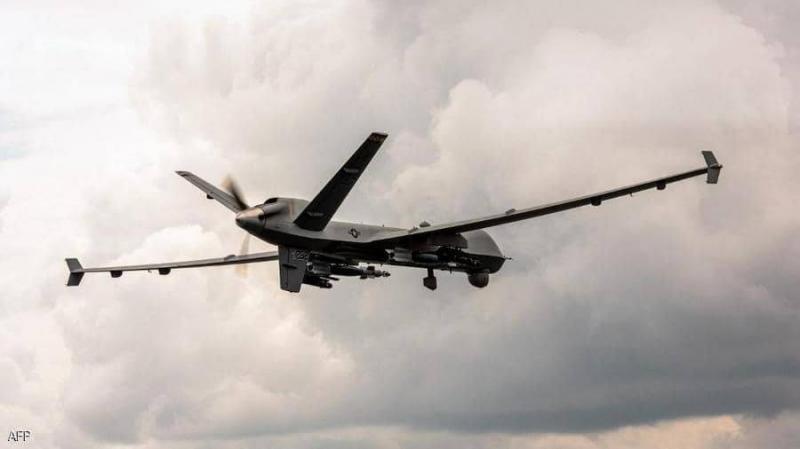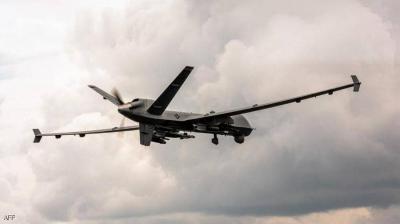The failed assassination attempt on Iraqi Prime Minister Mustafa Al-Kadhimi using a drone has reignited discussions about assassination incidents that have occurred due to a device that is insignificant in size and weight compared to modern weaponry. The current debate revolves around the use of drones by militias and armed groups parallel to the regular armies of countries. Drones have become an ethical concern, particularly due to their ease of use and enabling targeted killings with little difficulty, transcending their use against leadership figures in Al-Qaeda, Hezbollah, and the Taliban.
### Targeting Civilians
Drones have targeted many terrorist leaders, especially in the Middle East; Turkey alone has also used them to target civilians, resulting in the deaths of over 700 civilians—mostly in Iraq, Libya, and Syria—along with operations carried out by these drones inside Turkish territory itself against the Kurdistan Workers' Party (PKK). Perhaps the most recent assassination of an Iranian leader in Iraq was that of Qassem Soleimani, the commander of the Quds Force in the Iranian Revolutionary Guard, who was targeted by drones at the beginning of this year, specifically in January.
### U.S. Drone Use Timeline
Ten years ago, Americans began using drones in the battles of Iraq, which spared U.S. forces from suffering personnel losses. The first appearance of drones as a surveillance tool was during the Gulf War and the liberation of Kuwait in 1991. In 1993, the CIA purchased five drones to test them in surveillance operations during the Balkan Wars, monitoring the movements of Serbian tanks and forces. The first official test of drones occurred in Afghanistan in 2001 when an attempt to assassinate Taliban leader Mullah Muhammad Omar in October 2001 failed, resulting in the destruction of an empty truck instead of killing Omar.
According to the American "Financial Times," in 2002, Predator drones failed to target a group of terrorists in eastern Afghanistan, believed to include Al-Qaeda leader Osama bin Laden. The newspaper confirms that during Barack Obama’s administration (2008-2016), drone strikes spread as a means to combat insurgency in Iraq and Afghanistan without risking military personnel in dangerous aerial missions. The number of strikes totaled 563, mostly conducted by drones in Pakistan, Somalia, and Yemen during Obama's presidency, compared to 57 strikes under the previous Bush administration. Between 384 and 807 civilians were killed in airstrikes in those countries.
### Trump Administration's Drone Policy
With the rise of former President Donald Trump to power, the production of drones was expanded. Over the past two decades, the U.S. significantly increased its use of drones. Trump implemented new policies that allowed an expansion of armed drone activities outside conventional battlefields, granting U.S. leaders the freedom to carry out lethal strikes without believing that targets represented an active threat to America. The Trump administration carried out between 114 and 124 drone strikes in Yemen, nearly tripling the number of strikes from 2016, and increased operations in Somalia, launching between 18 and 30 strikes, up from 14 in 2016 as part of a growing commitment to combat Al-Shabaab and ISIS in Somalia.
### Aramco Attack
In 2018, Iran launched an attack using drones on the largest oil processing facility in Saudi Arabia, deploying more than 25 drones, according to statements from the Saudi Ministry of Defense. On September 18, 2019, during a press conference, Saudi "Defense" revealed wreckage of Iranian-made drones and cruise missiles, affirming it as "undeniable evidence of Iranian aggression." The spokesperson for the Saudi Ministry of Defense stated that 25 Iranian drones and cruise missiles were used in the attacks, which originated from northern Saudi Arabia (either from Iranian or Iraqi territory), not from Yemen.




